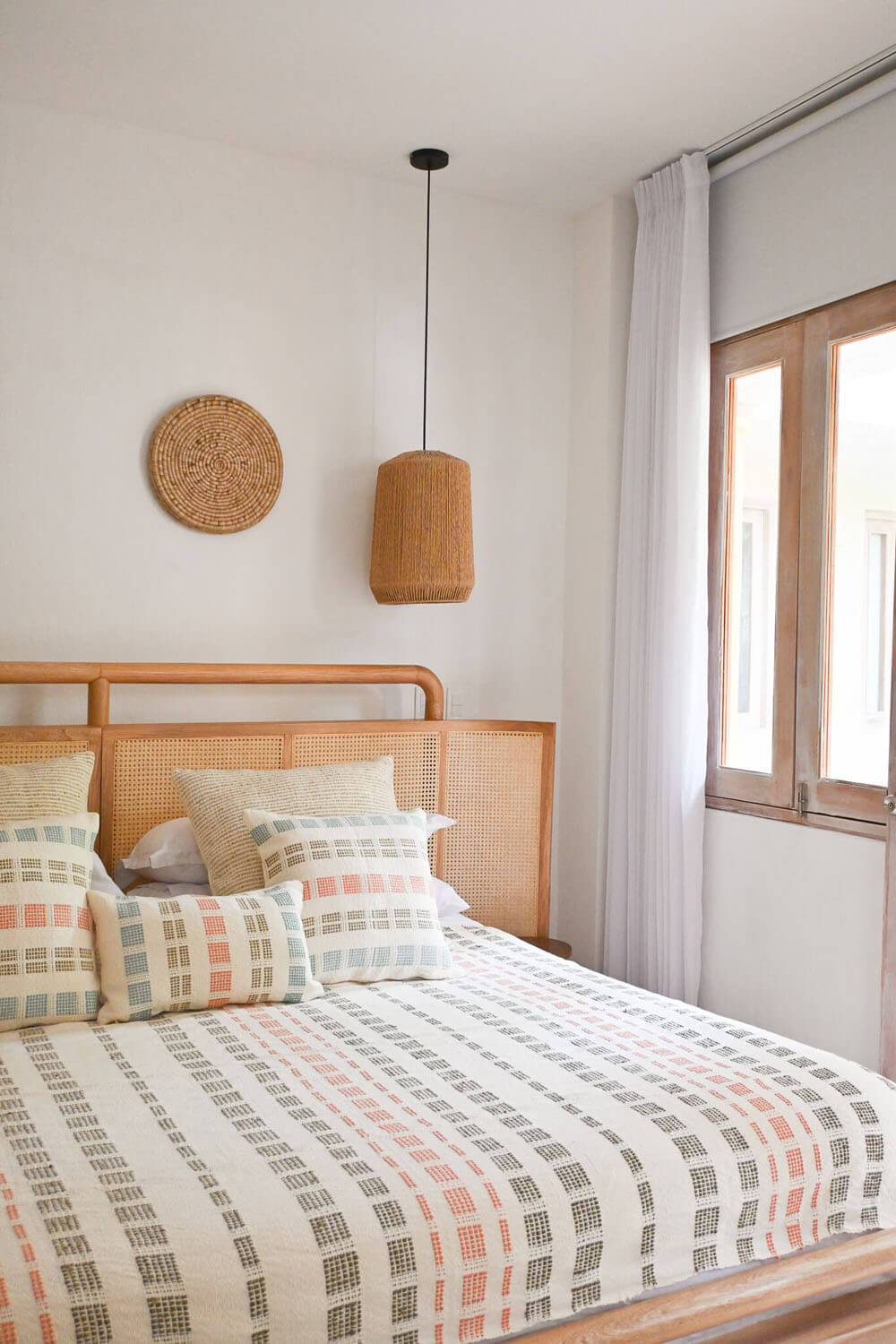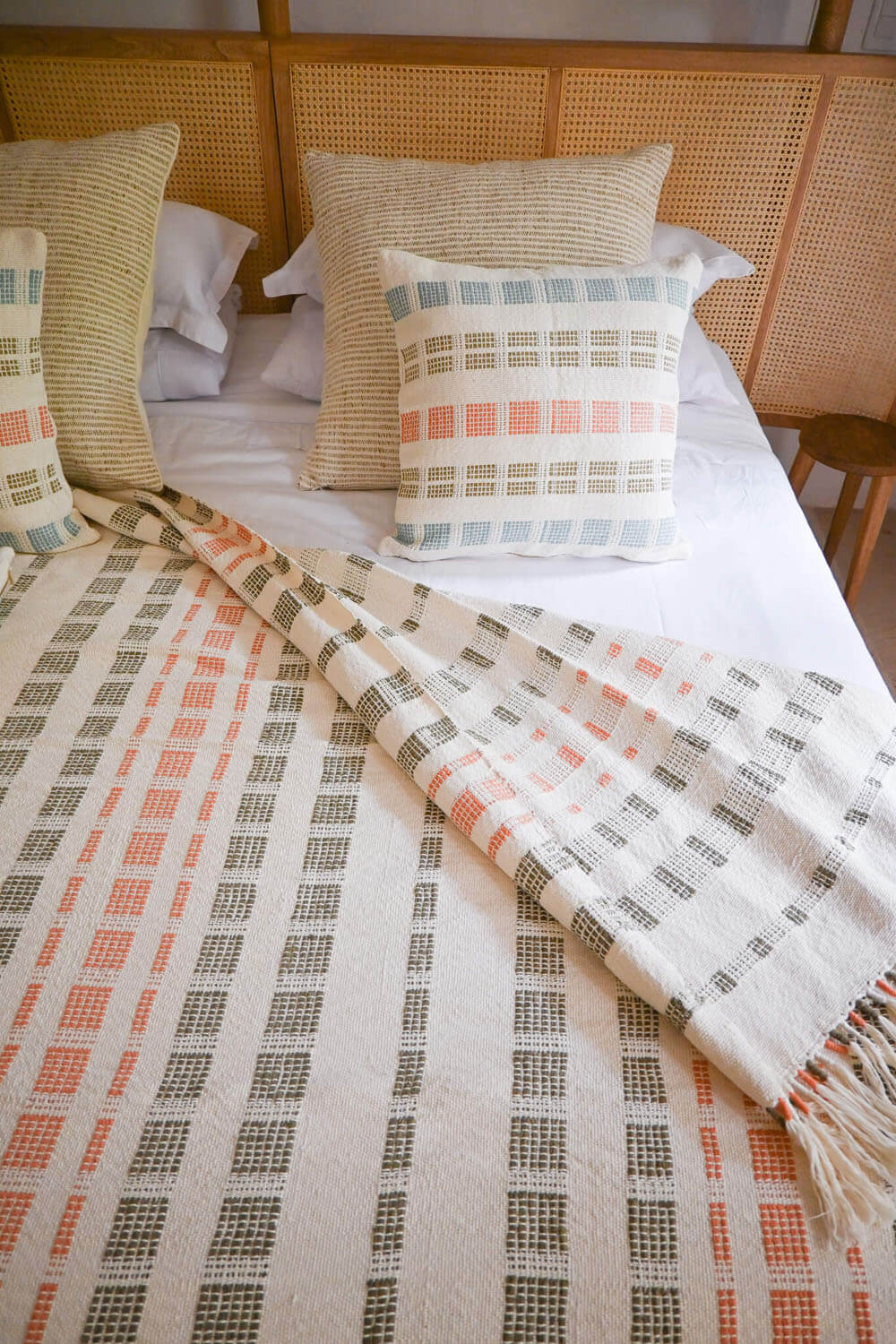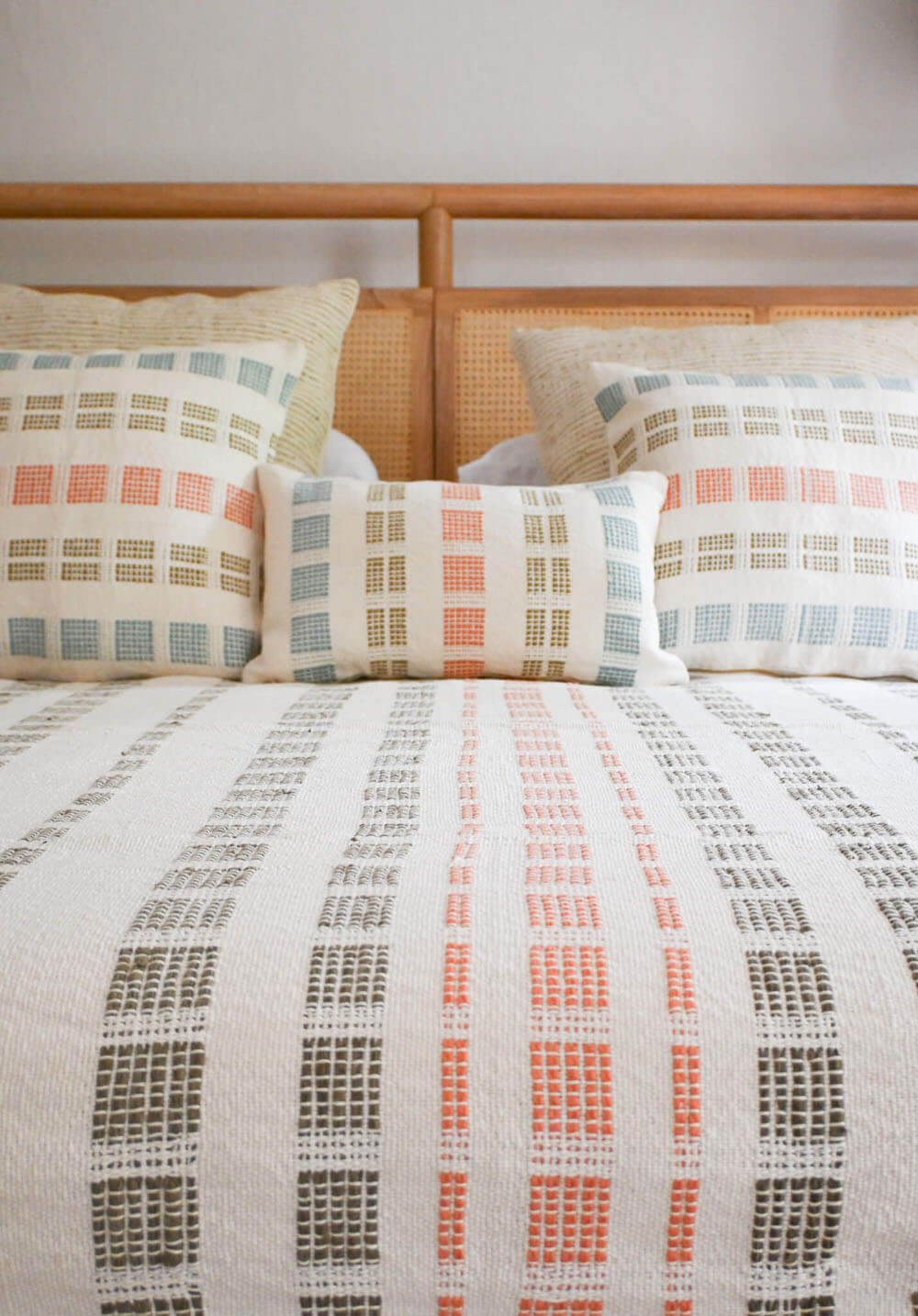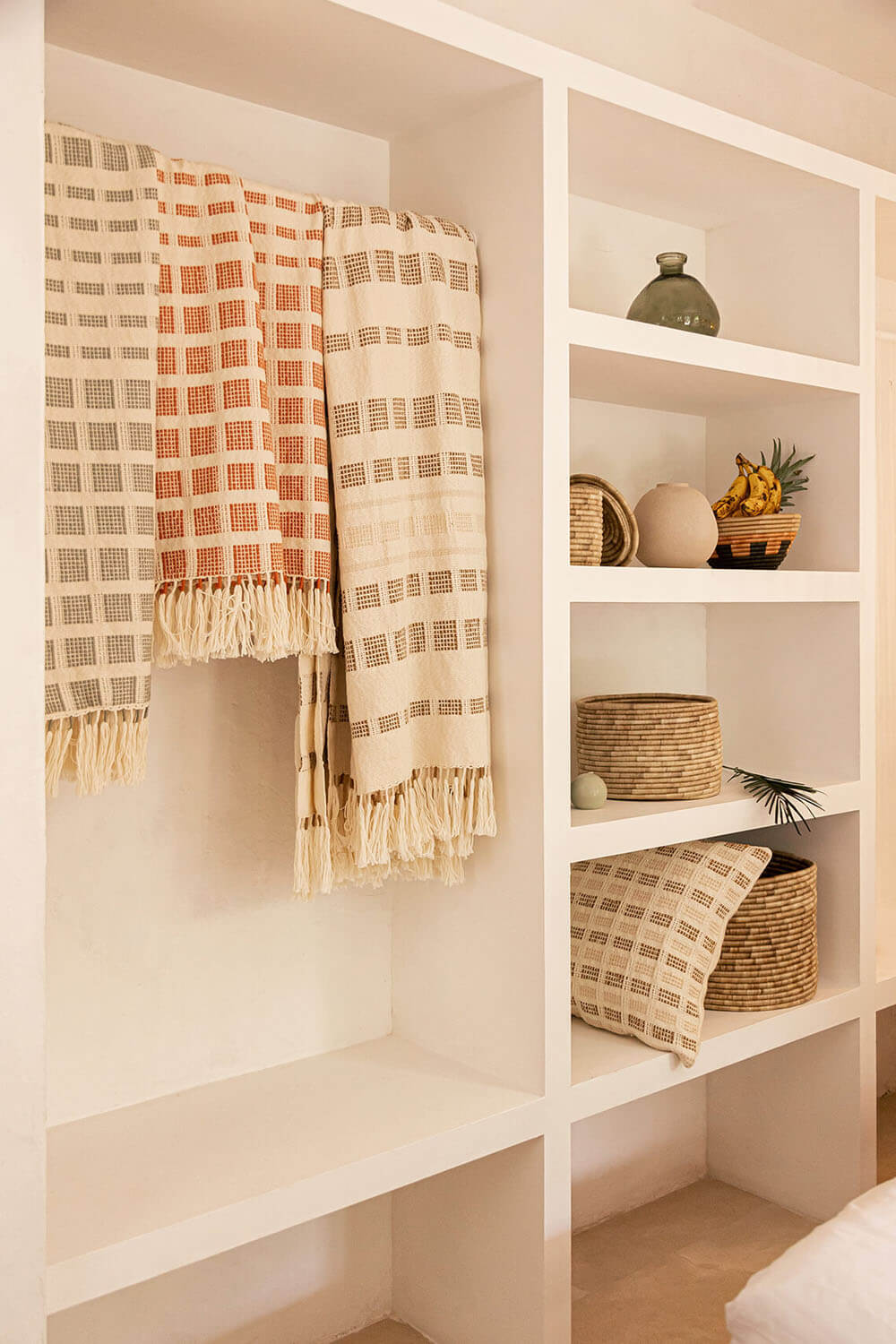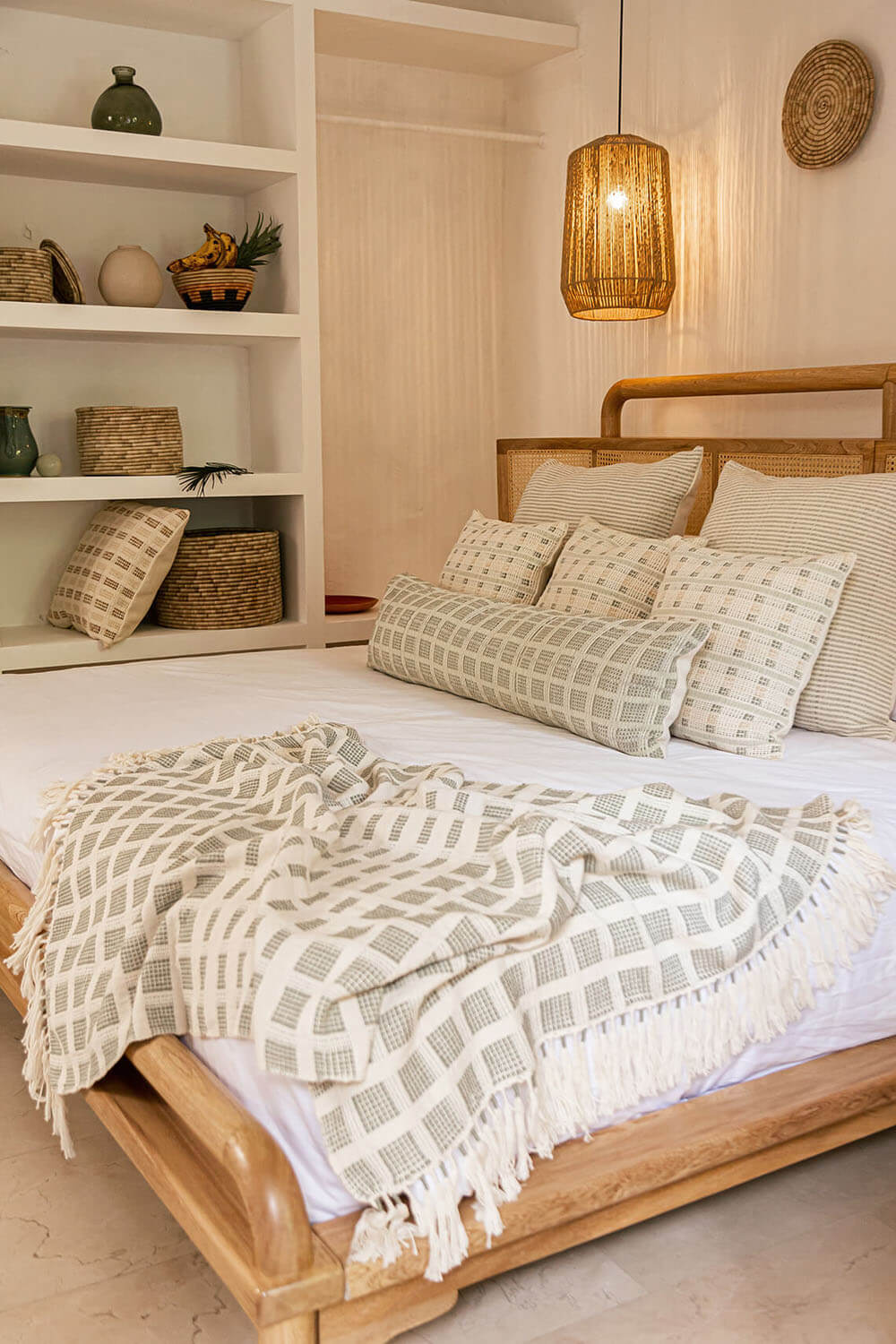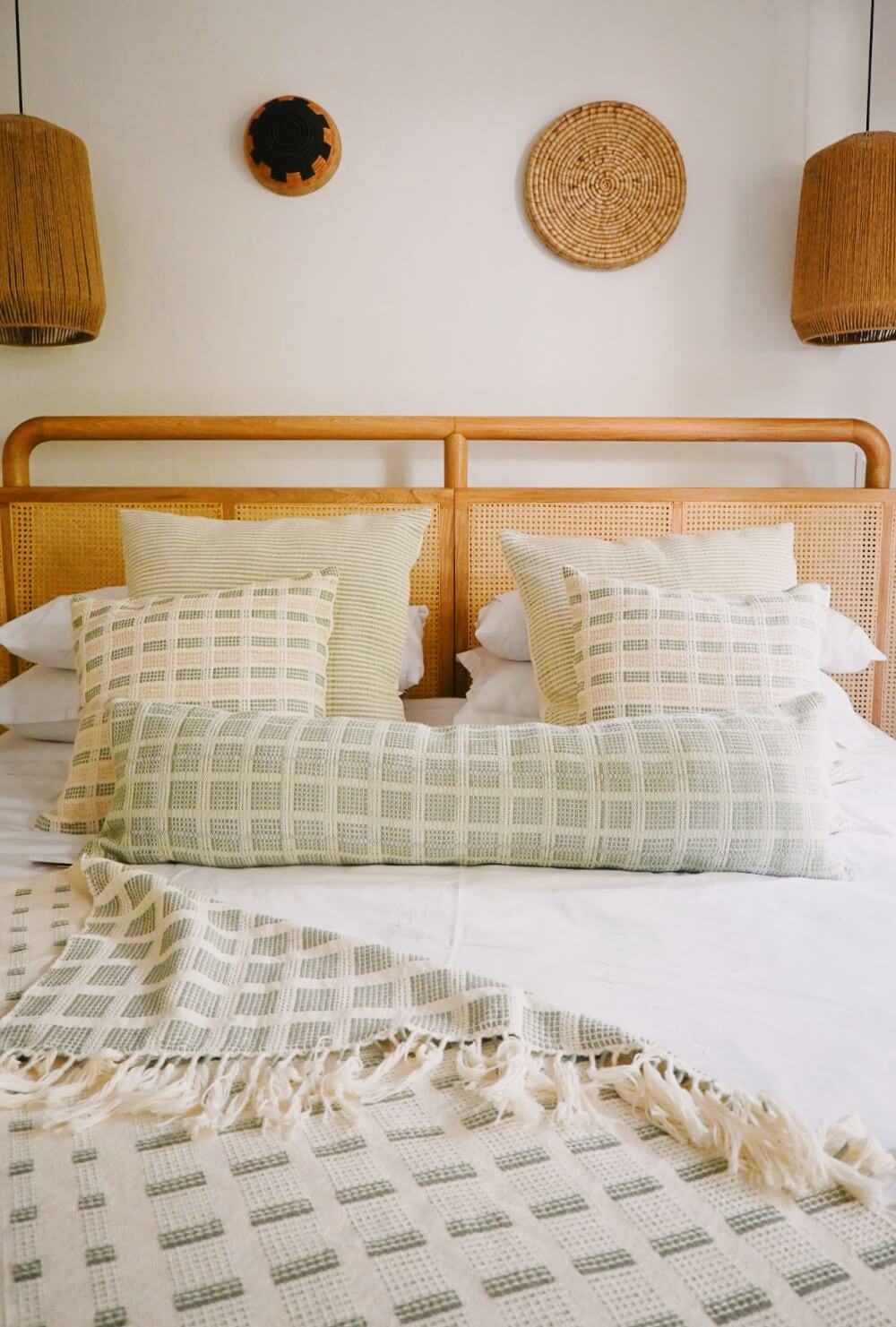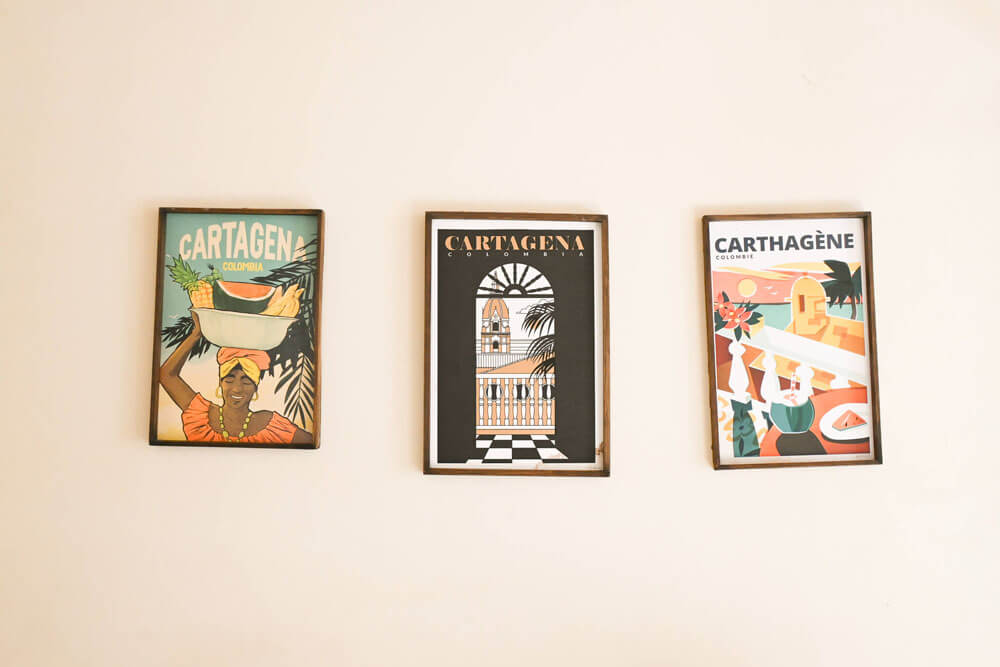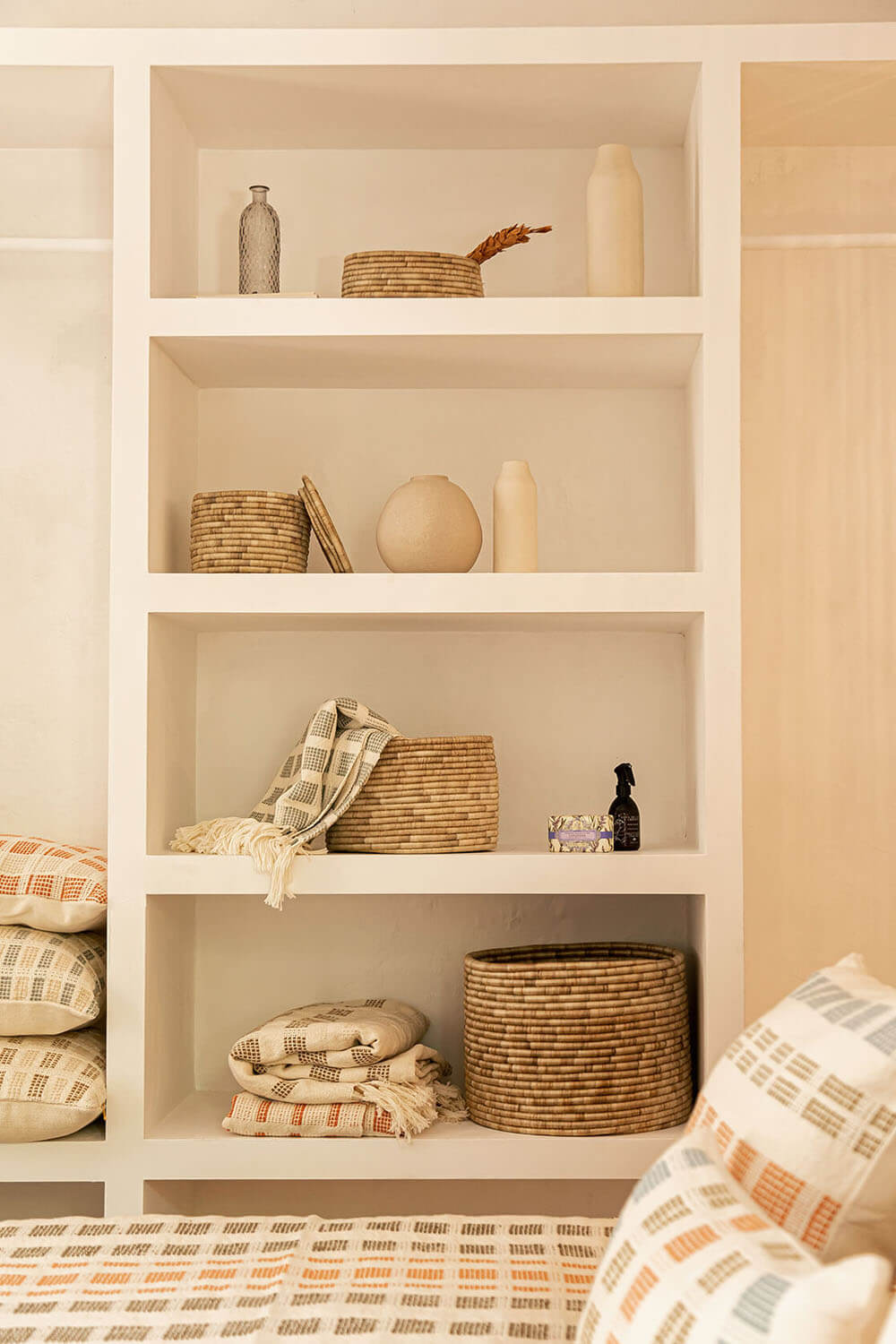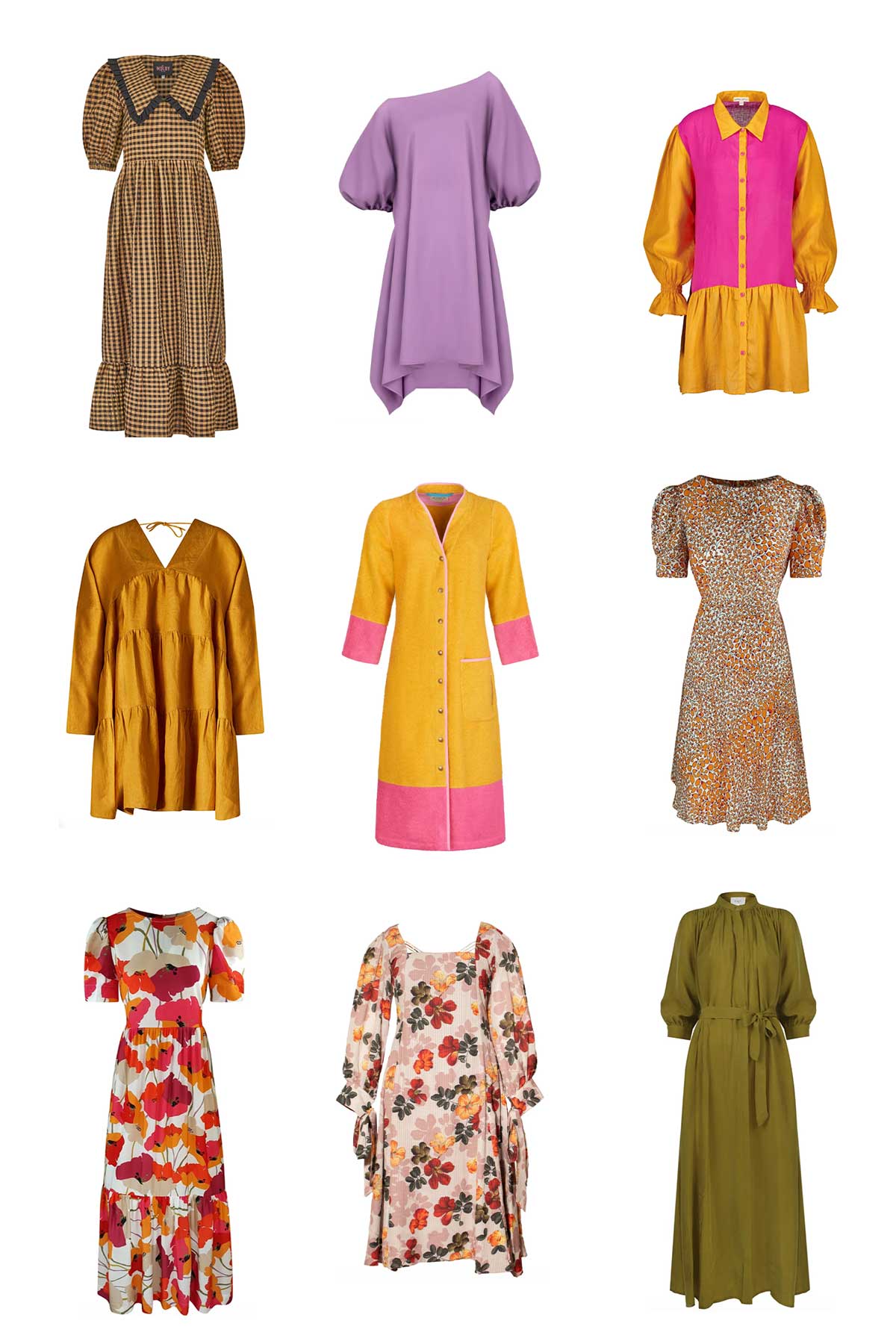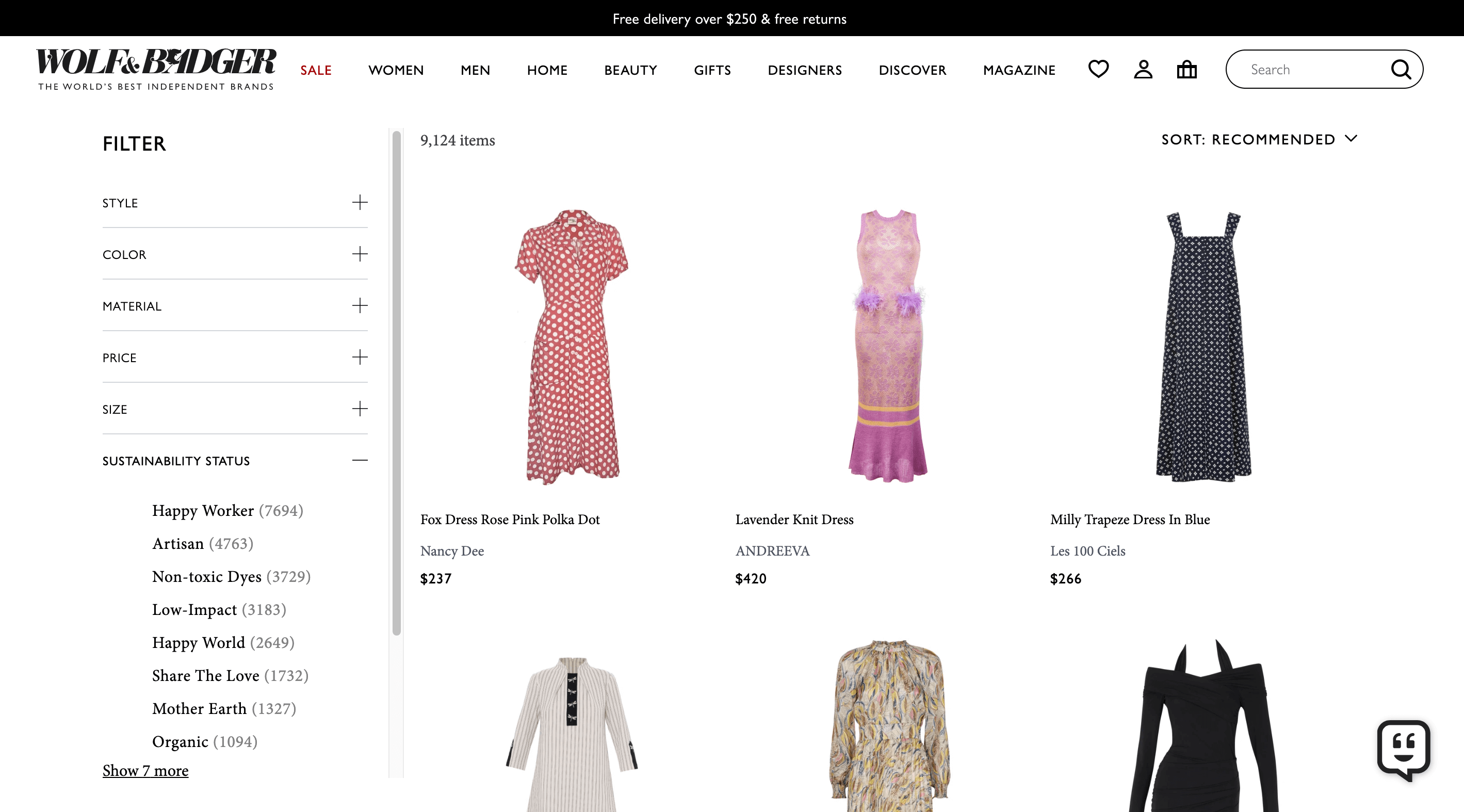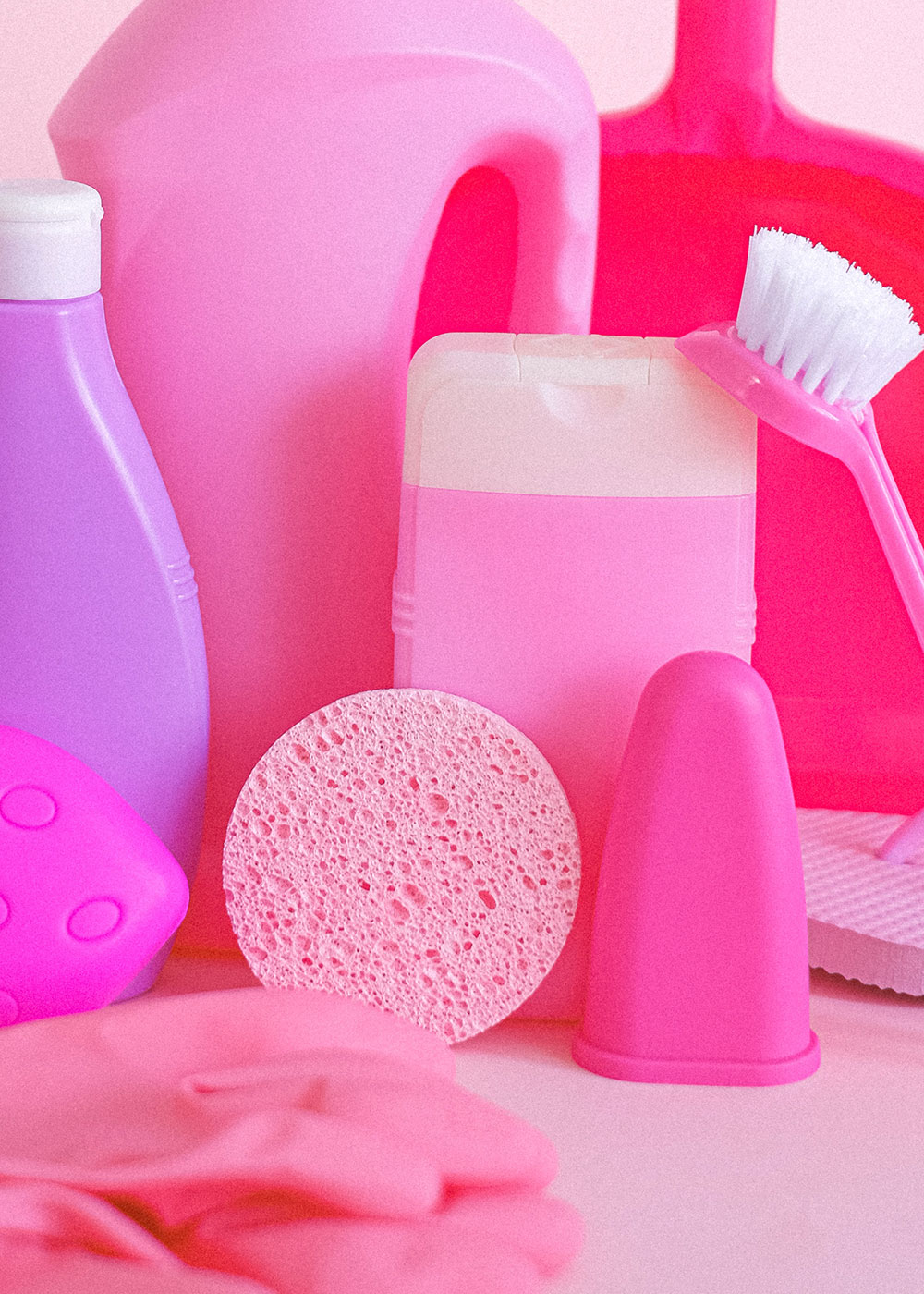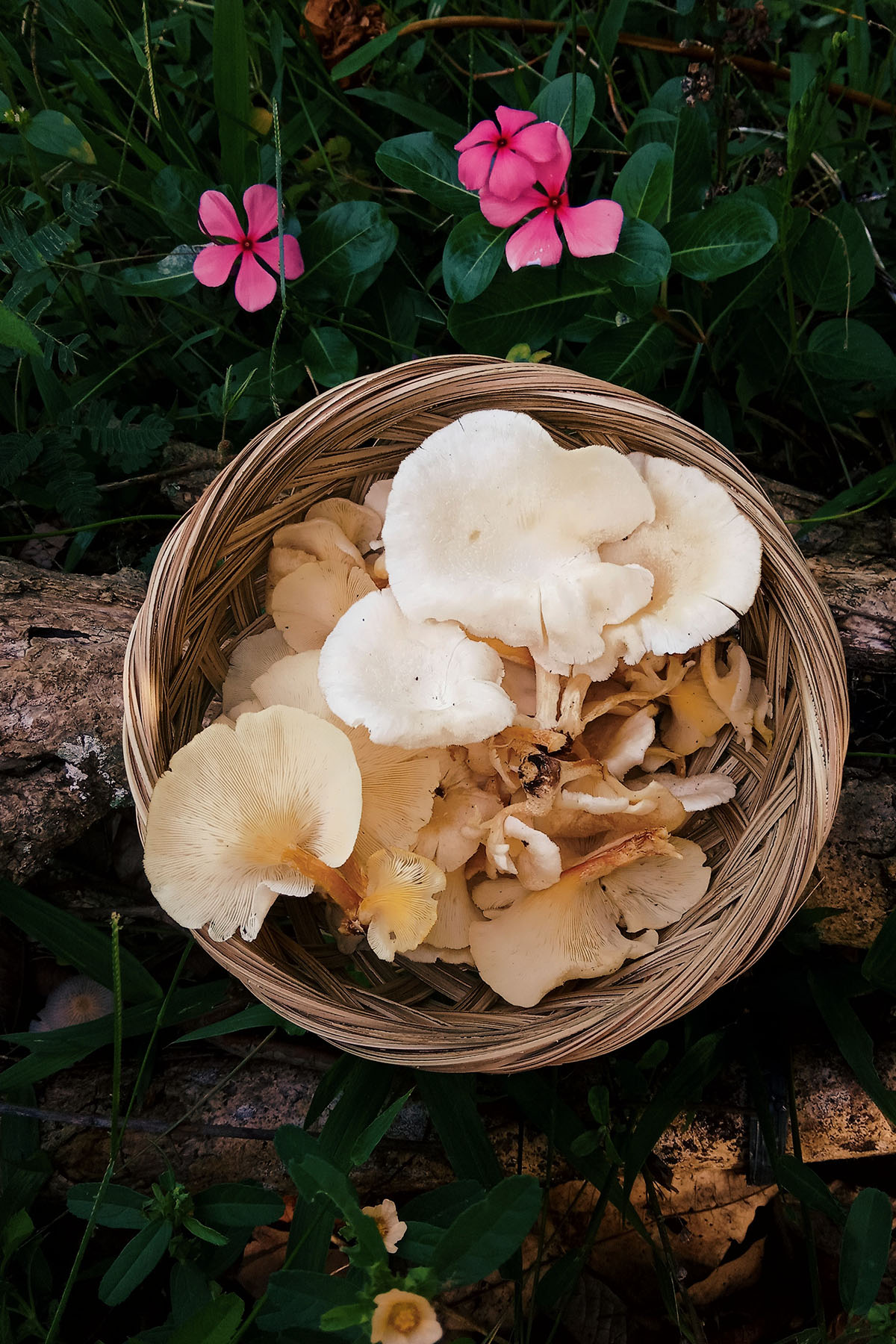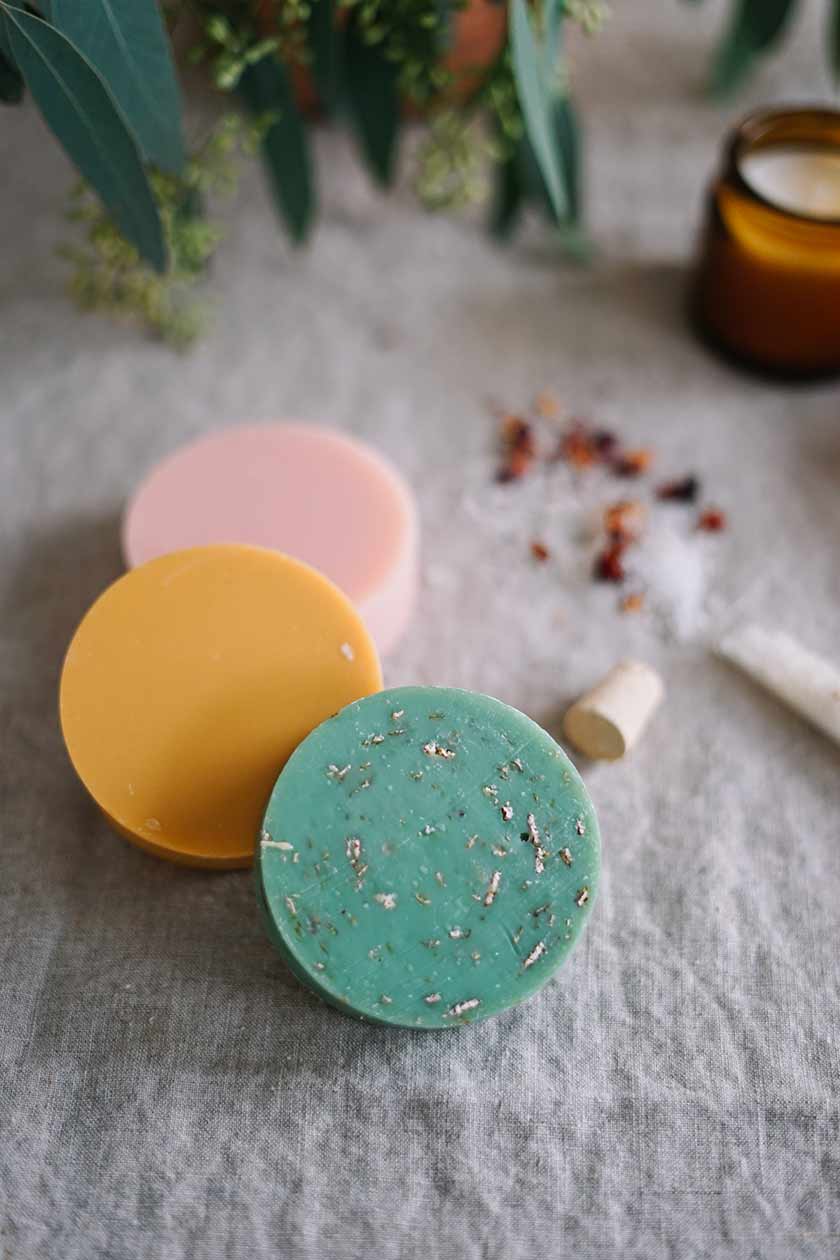I’m so excited to share this little photo tour of Cartagena, Colombia with you today! The gals at Zuahaza just released their latest collection of handmade pillow covers, throw blankets, and baskets, which were all inspired by this beautiful coastal city. Today, Tatiana and the team at Zuahaza are sharing a few details about the collection and the city that inspired it! Once you look through all the photos and a preview of the new line, scroll to the end for Tatiana’s personal reccs for food, hotels, shops, and neighborhoods to explore in Cartagena.
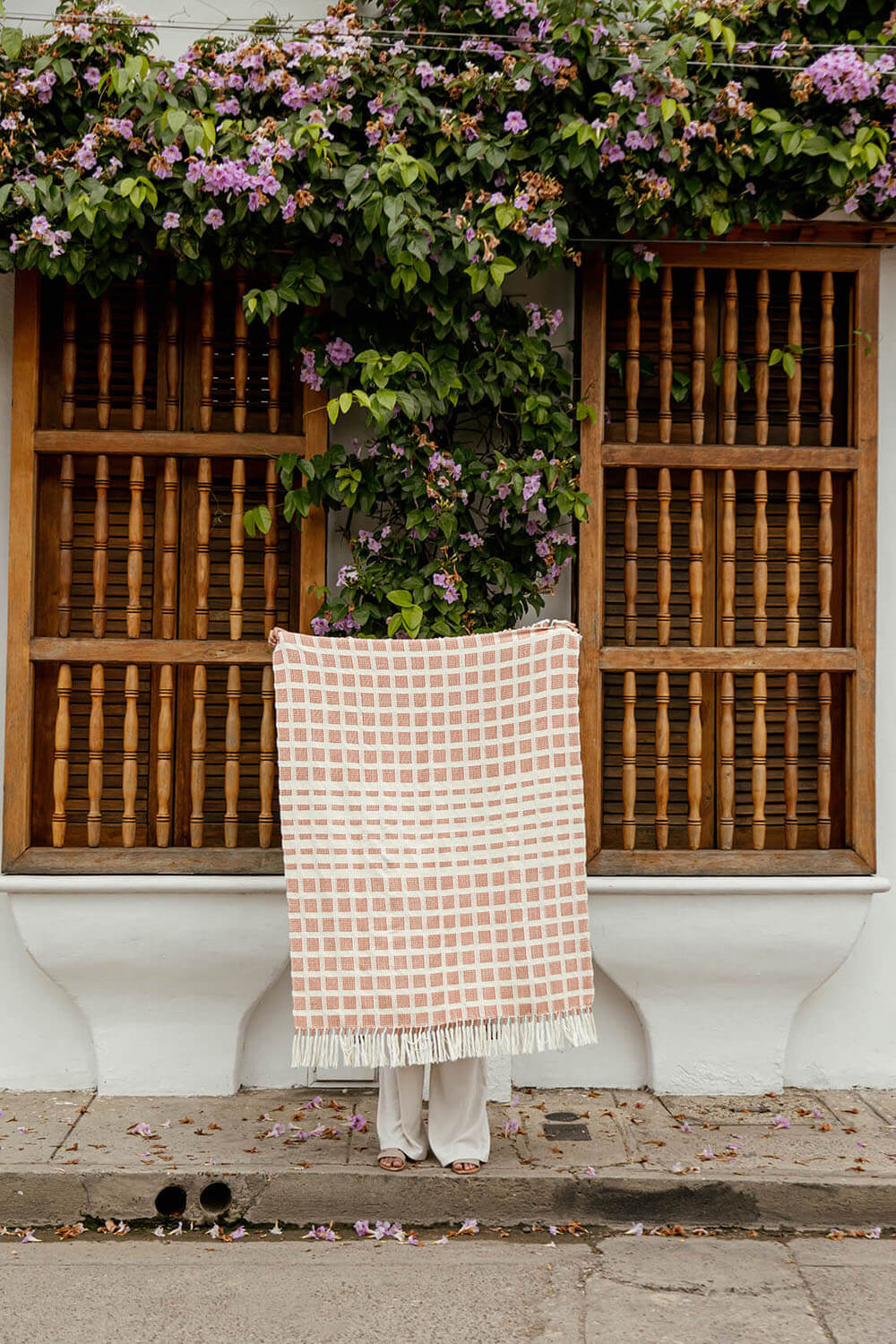
Cartagena is a Caribbean city along the northern coast of Colombia known for its preservation of cultural heritage. A place where people enjoy walking the colorful streets, drinking juices made from fresh fruits, and dancing to the cumbia rhythms of this Afro-Colombian gem.
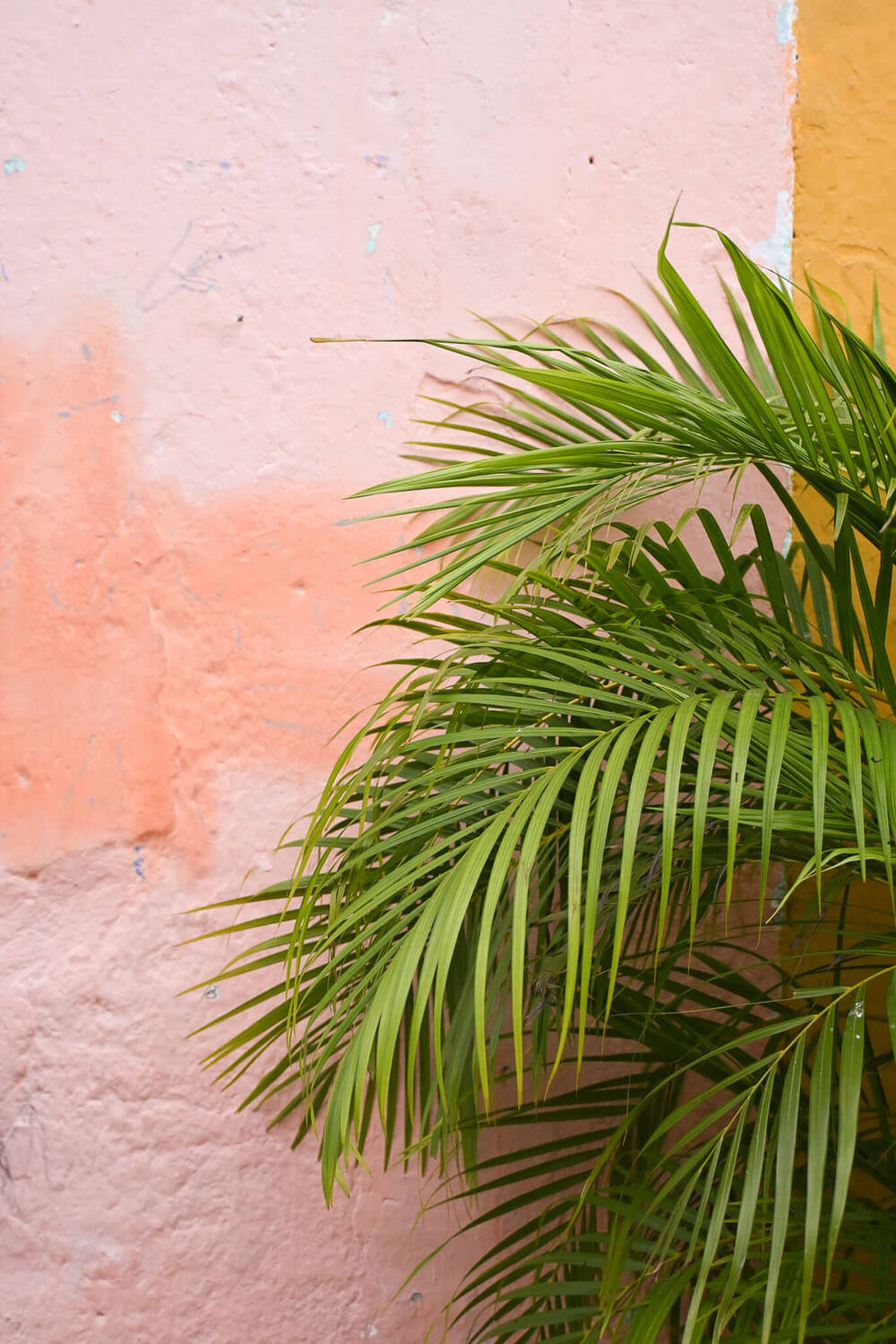
This collection was inspired by and is dedicated to Cartagena’s culture and people. To the Afro-Colombians who are authors of Cartagena’s contagious rhythms and flavors. To the ancestors and descendents of the land who to this day tend to its natural beauty. To the modern citizen who values Colombian history, handmade craft, and heirlooms.
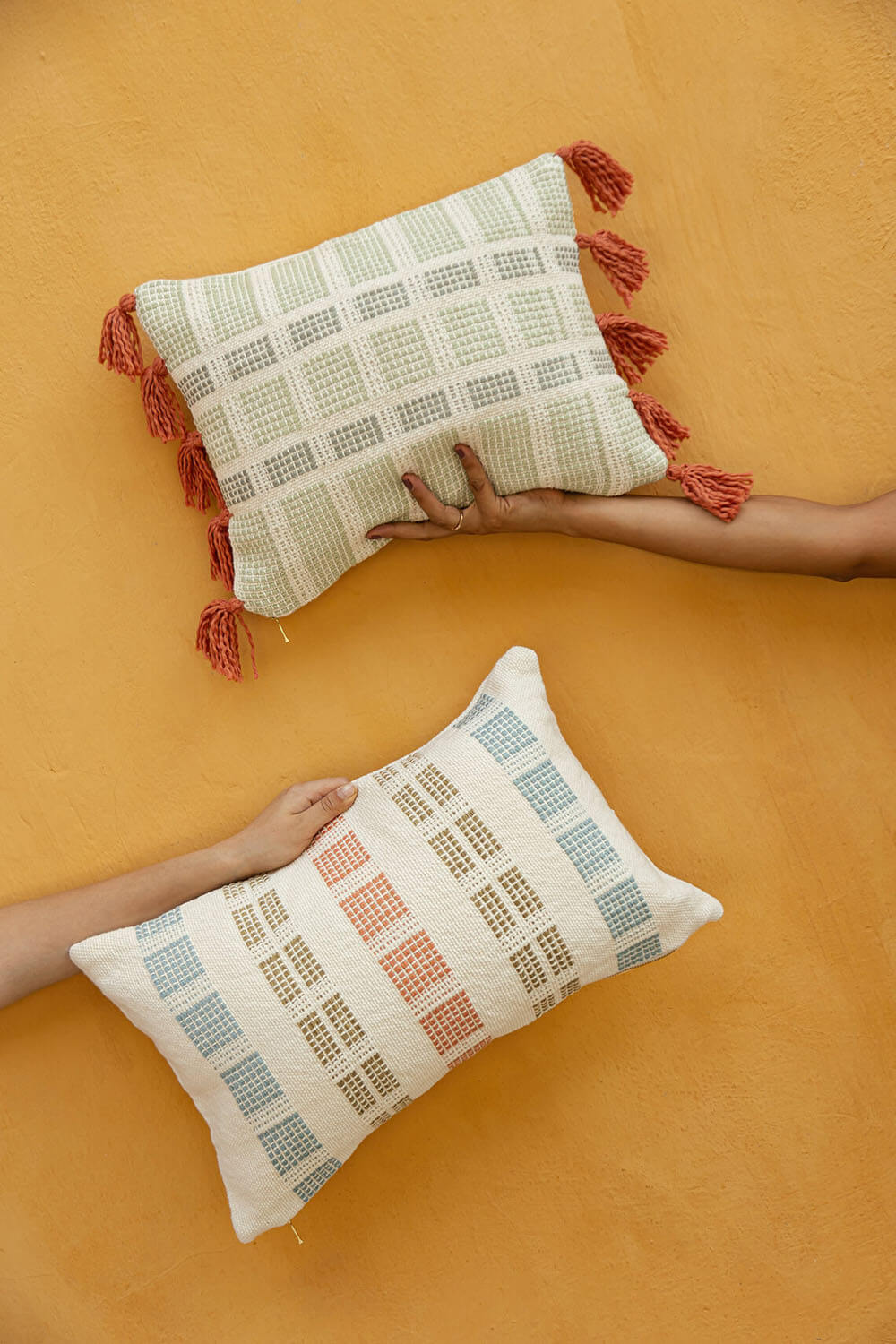
With each collection, Zuahaza highlights a different part of Colombian culture. This time, they’ve introduced a crocodile green to their palette, and a beautiful navy blue as a nod to the Port of Cartagena and the Caribbean Coast of Colombia.
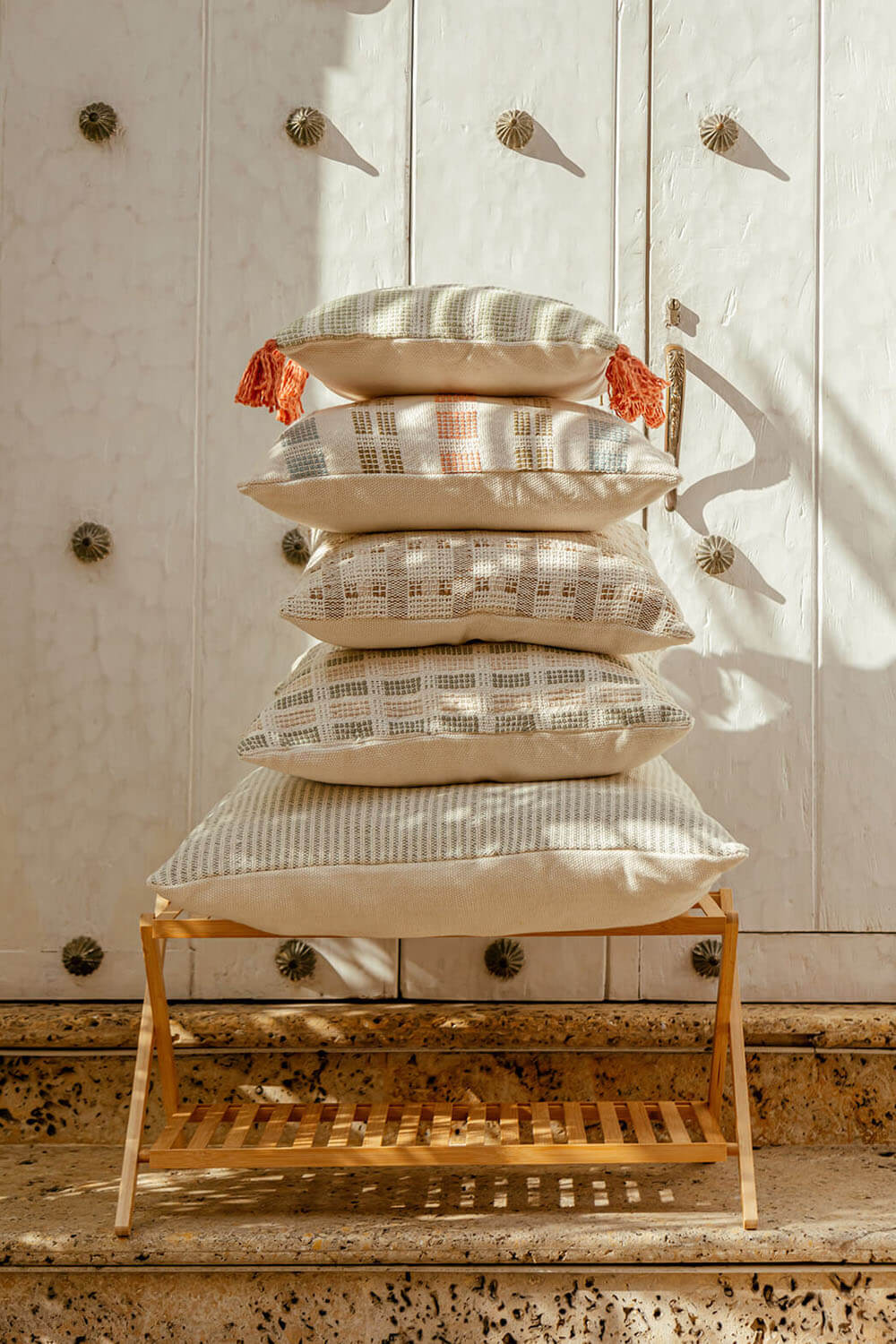
Zero waste has been a major priority for Zuahaza, and they’ve developed their pillow sizes according to which would create the least waste on their looms. This time extra “scraps” were used to create their smallest sized lumbar pillow!
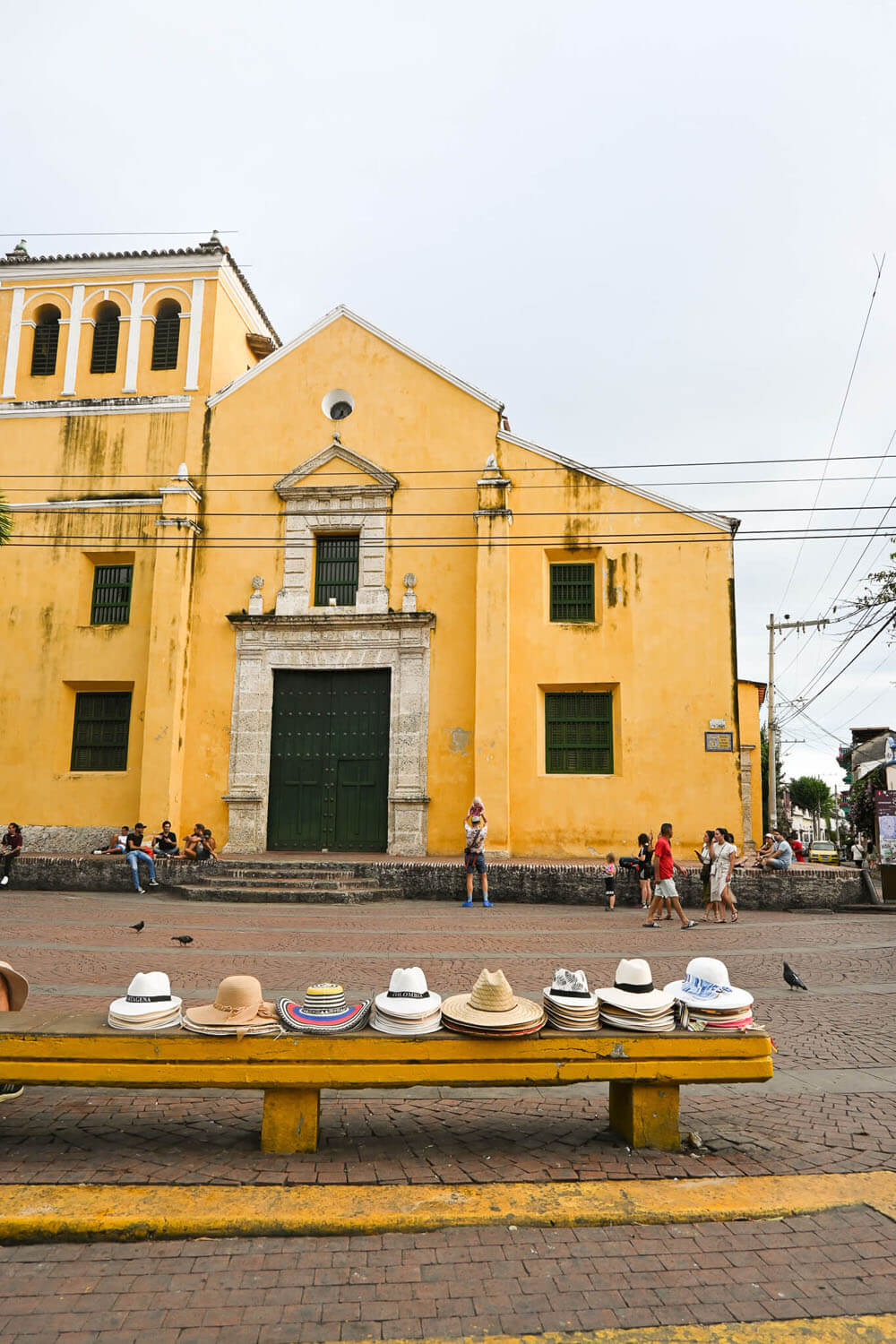
Cartagena has a population of nearly a million people. It’s a city known for its color, history, colonial architecture, flora, and markets.
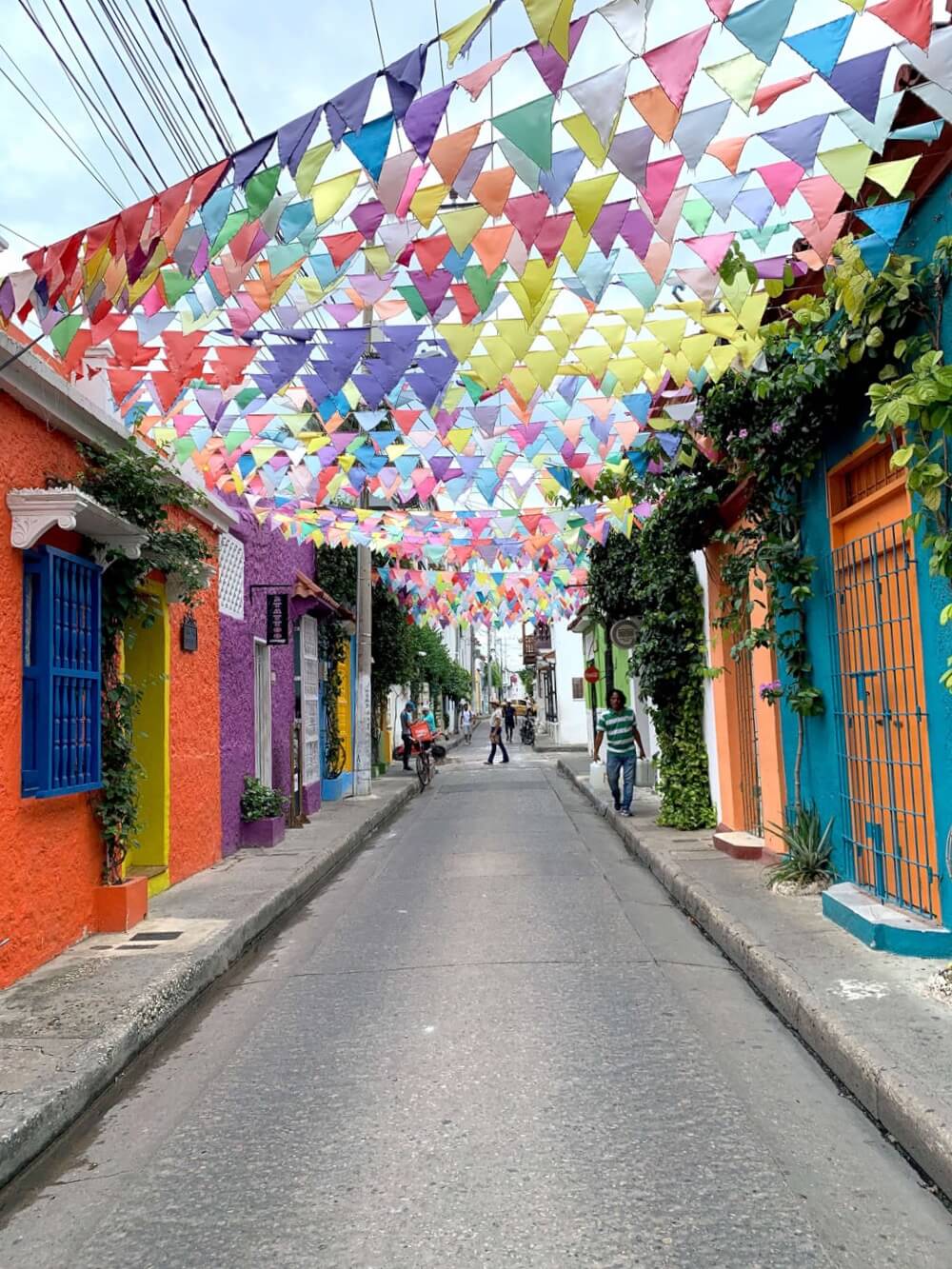
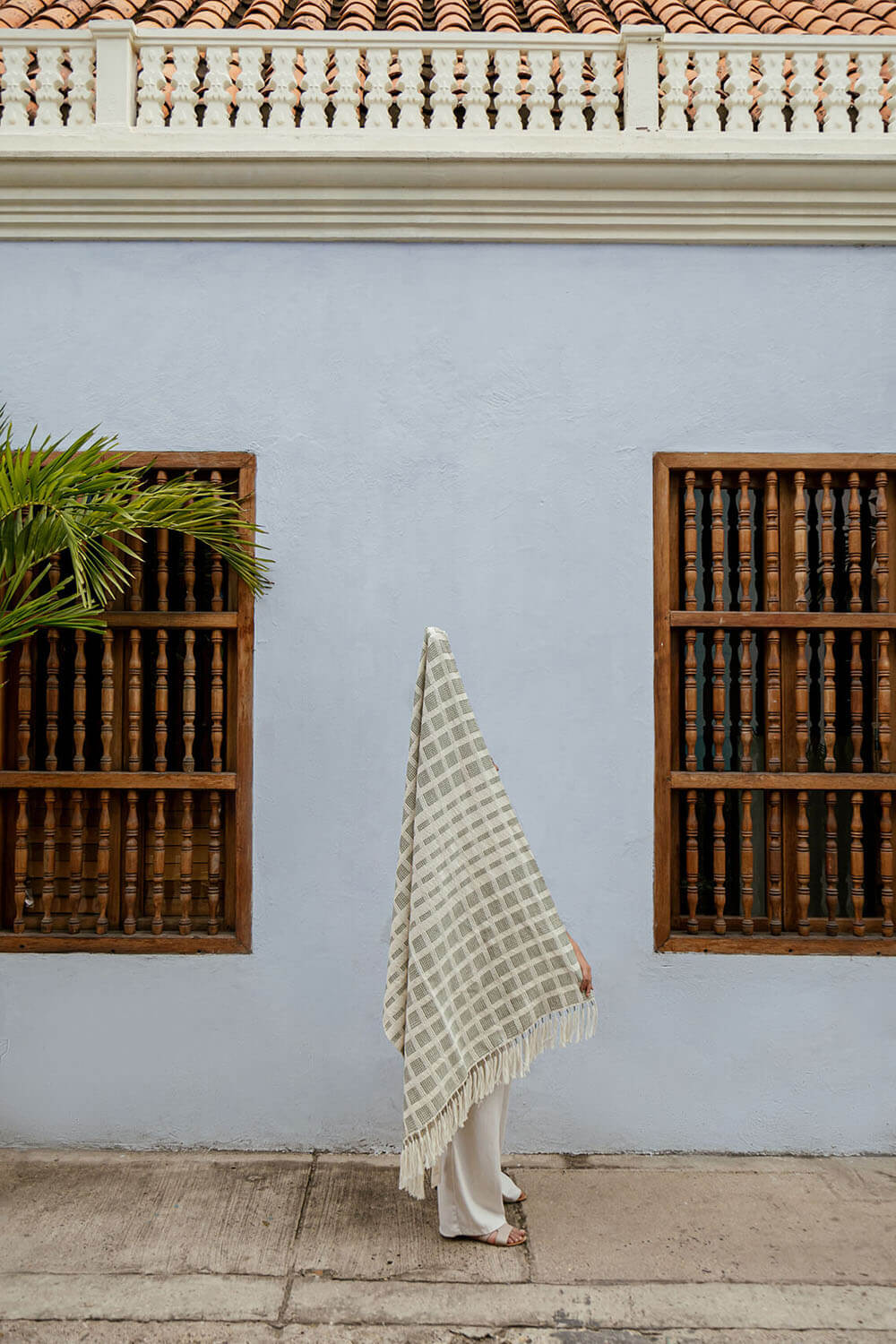
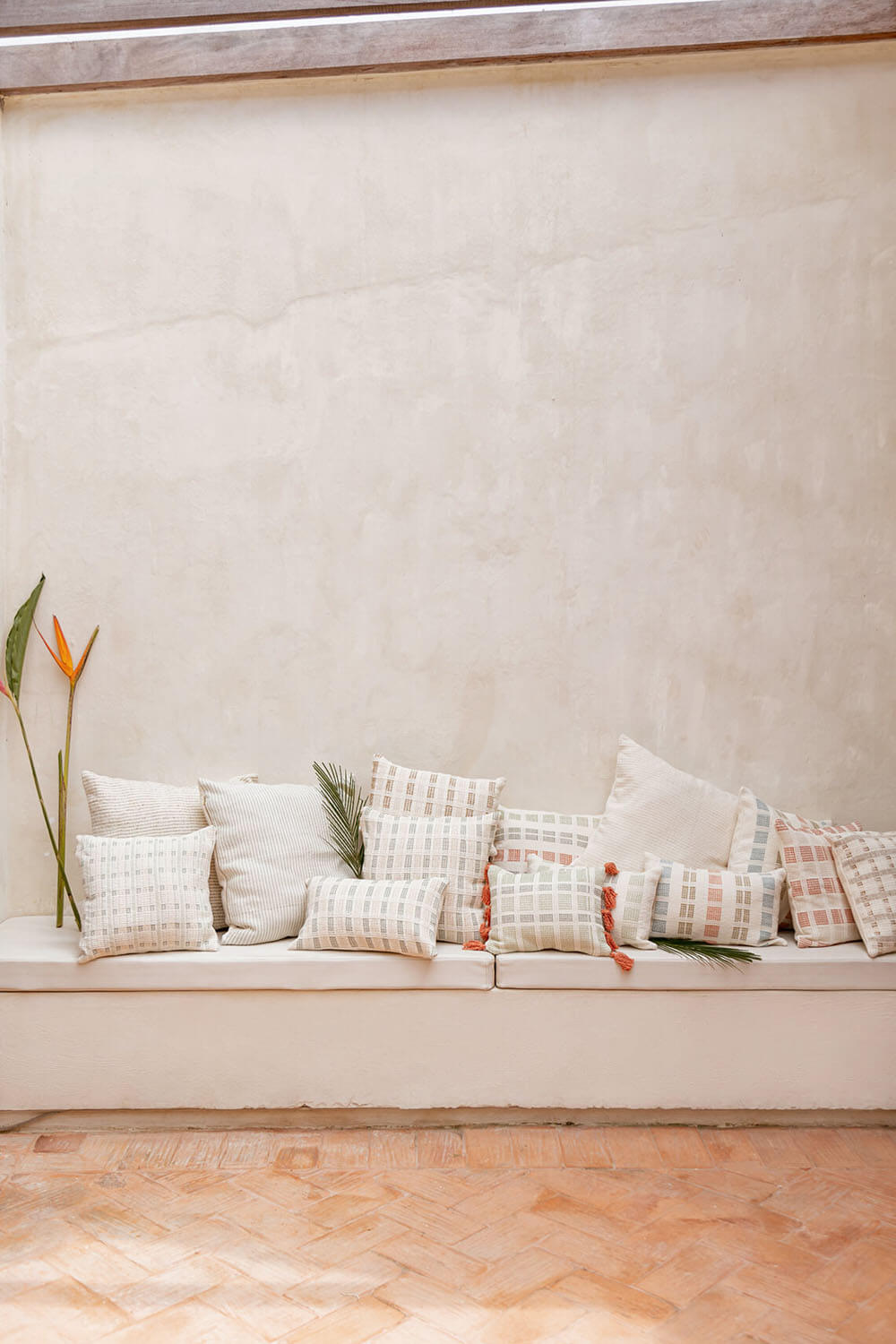
Manglar Euro Pillow, Zenu Pillow, and Bolivar Lumbar Pillow.
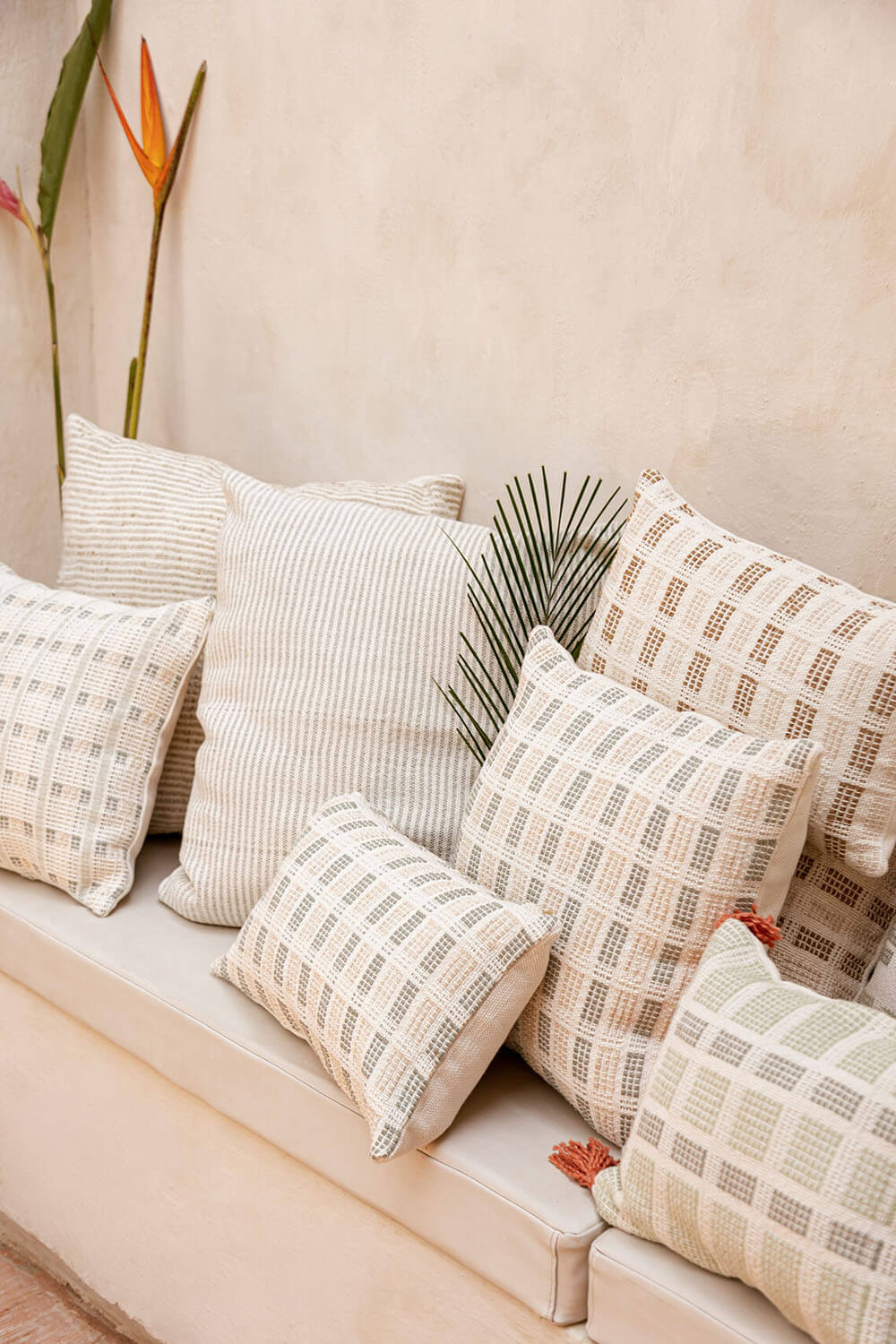
See all of their woven pillows in the Cartagena collection here!

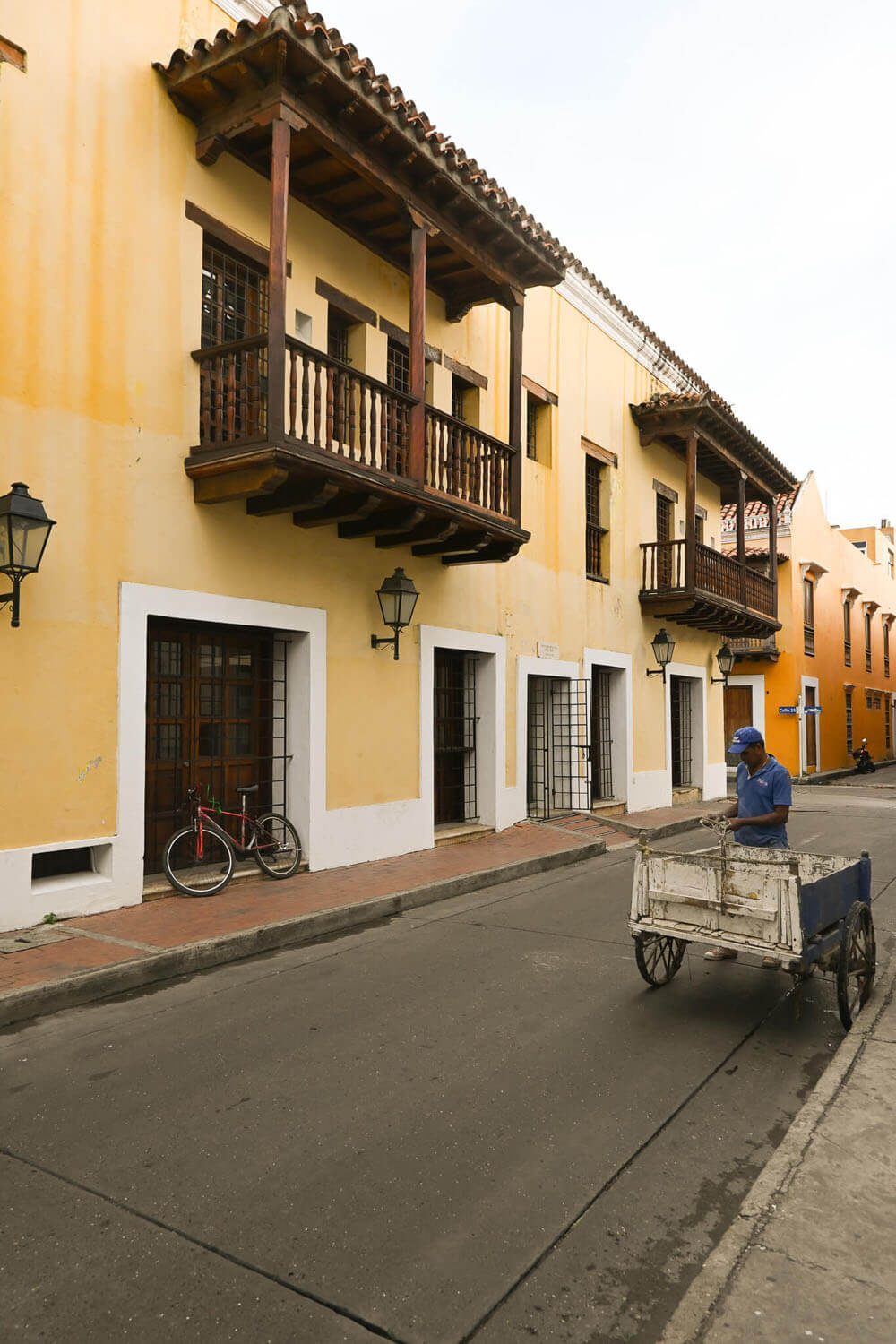
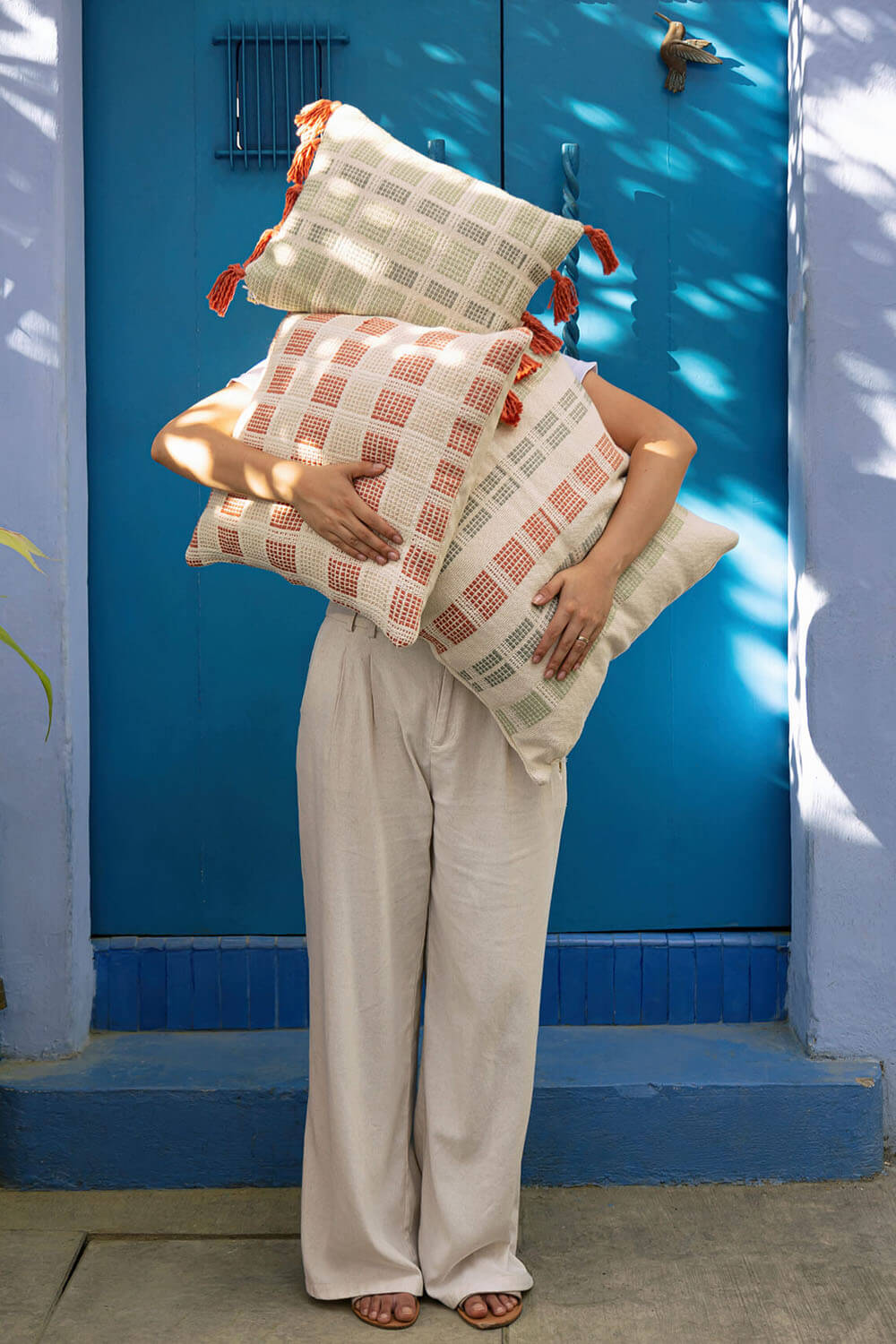

Palenque Fruit Bowl, Morenas Oval Baskets, Gabo Basket Tray

See more posts by eco club x Zuahaza here, and shop the full collection at zuahaza.com!
Where to shop, eat, stay, and explore in Caragena, Colombia
Shops
- Centro Comercial La Serrezuela Not just any mall! This mall has so many more Colombian shops than regular malls in Colombia. They have a lovely food court showcasing local chefs and typical Caribbean food and the vibe is great.
- St Dom. Higher end store with incredible Colombian designers. Clothes, accessories and some home goods.
- Bahué A concept store with Colombian designer products.
Restaurants
- Cafe San Antonio at Casa Jaguar (also has an incredible small cafe offering great breakfast and lunch) Here is where we took our lifestyle photos!
- Restaurante Gobernador at Bastion Hotel. Great all you can eat breakfast buffet
- Carmen. Elevated seafood
Hotels
- Bantú
- Casa Jaguar
- Bastion Hotel (incredible rooftop pool!)
Neighborhoods & Locations
Cartagena’s old city is a charm. In this neighborhood you can find different streets, plazas and parks and they all have their own vibe.
- Santo Domingo Square There is always music and something happening here.
- Plaza de los Coches Super cute plaza with colorful houses.
- Monumento Torre del Reloj. One of my favorite spots for pics. There are always fruit carts parked around here too if people want to drink coconut water or mango biche.
- La Muralla (literally the fortress wall) The historic city is surrounded by an old rock wall fortress from the colonial times. There is a walkway on top and you can see some of the most beautiful views!
- Calle Don Sancho Love this street to take photos of some of the most lovely houses and flowers.
- Las Bóvedas Here there is a craft and market with fruits and veggies.

